By Hu Jiachen, Tao Shuanke, Sun Tingwen
URUMQI, Jan.7, 2022 (CNS) -Since the founding of the People's Republic of China(PRC), the population in Xinjiang has been developing rapidly, with the quality of life for the people much improved. The standard of living of the indigenous ethnic groups, individual life expectancy, and educational advancement has developed noticeably. Liang Yuchun, Principal of the Higher Institute of Nationality and Society, Xinjiang Normal University, stated in a feature interview with "W.E. Talk" from the China News Service "The development of the population of Xinjiang since the founding of the PRC is world-shaking, historic and continuing." Through analyzing the development of people native to Xinjiang, Yuchun explains his opinion that the improving quality of life in Xinjiang is an obvious result and clear example of social progress.
Here are excerpts from the interview.
China News Service: Can you elaborate upon your opinion that the population development in Xinjiang is equal and healthy?
Liang Yuchun: Over the past 70 years, the census population statistics in China show that the various ethnic groups in the Xinjiang Uygur Autonomous Region have maintained a relatively high growth rate. Reviewing the demographic data on the population, one can see that the development of the population in Xinjiang has occurred equally and is collectively healthy.
According to the 7th National Population Census in 2020, the population of the ethnic groups has increased steadily. The population in Xinjiang is 25.8 million, with an increase of 4.0 million over 2010. The yearly average growth rate is 1.71%, with the percentage of provincial population growth ranking 8th in China.
The marked improvement of individual educational achievement, to some extent, embodies the progress in the improved quality of life in Xinjiang. The average years of schooling for those over 15 years old increased from 9.27 years in 2010 to 10.11 years in 2020. For every 100,000 people, there were 10,635 with college degrees in 2010 which increased to 16,536 in 2020.
The age distribution of the population in Xinjiang is relatively balanced and better than the other provinces in China, with the youth being the main part of the labor force and the number of the old and the children relatively small. This is revealed by the following statistics: in 2020, children between 0 to 14 years old accounted for 22.46%, between 15 to 59 years old(the working force) 66.26%, and the elderly above 60 years old 11.28%.
What's more, the gender composition of the population is also close to what one might expect. In 2020, the gender ratio of the overall population was well within the international norm with the males accounting for 51.66% of the population and females 48.34%.
People living in cities in Xinjiang have increased, with urban residents accounting for 56.53% of the population and countryside residents 43.47% in 2020. The proportion of the city dwellers has increased by 13.73% since 2010, suggesting the remarkable effects of promoting people-centered planning in the region.
Because of good social planning in Xinjiang, social change has occurred in an orderly fashion, while the transportation improvements such as railway, aviation and highways have been developing very fast. The living and working environment here is improving, with more jobs available. One can witness every day positive, productive and frequent communication among people on agricultural farms, while conducting business and investment, pursuing academic study or traveling anywhere within Xinjiang. Whether it is in an area where various ethnic groups co-exist or in those locations where a single ethnic group will be found, the community lives and works together. With a fluid movement of the population to meet the demands of a modern economy, Xinjiang is experiencing an unprecedented population migration. Continuous and positive communication between ethnic groups is recognized as important.
China News Service: Why do you say the population demographics of Xinjiang are a reflection of the development and progress of Xinjiang?
Liang Yuchun: Population development, economic development and social development influence each other. The improvement in the quality of life for the people is related to and is an inevitable outcome of economic and social development. Since the founding of the People's Republic of China, the population in Xinjiang has been developing fast. This rapid development is a direct result from the many improvements made by the government and the hard work of its people.
We could say that the economic and infrastructure improvements in Xinjiang provide a solid basis for real improvements to the quality of life and social development of the population. The development of the population here mirrors the advances in the rest of China, presenting a positive correlation, and revealing that the improvements in Xinjiang are authentic and national.
Let's look at the following data. According to the White Paper on Population Development in Xinjiang, the population was 4.3 million upon liberation in Xinjiang in 1949, 4.7 million in 1953, 7.2 million in 1964, 12.3 million in 1978, 13.0 million in 1982, 15.1 million in 1990, 18.4 million in 2000, 21.8 million in 2010, and 25.8 million in 2020. Between 2010 and 2019, the actual growth rate of the population in Xinjiang exceeds the national average.
This reveals that the population in Xinjiang has increased steadily over the past 70 years. This could only happen because of the corresponding achievements in economic and social development.
In 1952, the GDP in Xinjiang was only 791 million yuan (the same applies below) and reached 1379.7 billion yuan in 2020, increasing at 1744 times. In 1952, the per capita GDP was only 166 yuan and by 2020 reached 53,593 yuan, multiplied 322.8 times.
According to official data, there were only 9 middle schools and one university in Xinjiang in 1949, while in 2020, there are 1,211 middle schools and 56 universities. Before the founding of the P.R.C. in 1949, there were only 54 hospitals in Xinjiang, with 696 beds. In 2019, there were 18,376 hospitals and 186,426 beds. The average life expectancy of an individual improved from less than 30 years to 74.7 years in 2019.
Xinjiang has endeavored to build a moderately prosperous society together with all of China, with standards of living of all ethnic groups is noticeably improved. A visitor to Xinjiang would find the people there live and work in peace and contentment.
China News Service: What is the principle of universal population development?
Liang Yuchun: The universal principle of population development in the world is like this: with any development of economy and society, and population of a country, there will inevitably undergo a trilogy of "high birth rate, high mortality and slow economic development" to "high birth rate, low mortality and high increase in economic development" to "low birth rate, low mortality and slow increase in economic development". This is a universal phenomenon of the historic population development of human society. The basic reason is that, with the improvement of the economy and society, people's ambitions are to achieve one's goals and delay marriage, to have fewer but healthier babies is more common, and the fertility rate and natural growth rate of the population decreases.
Recently, the economy and the standard of living in Xinjiang continue to improve, promoting a high-quality development affecting human lives. Consistent with the universal principle of population development, individual lives of all the ethnic groups in Xinjiang have improved. The population's concepts of marriage and birth have changed a lot. More and more individuals voluntarily choose to marry late and have fewer but healthier babies. We find that in 2018, the population in Xinjiang remained steady, even slightly increasing, which is consistent with this universal principle of development.
China News Service: Why do you say the ethnic Uygur minority in Xinjiang has entered the best period of their history?
Liang Yuchun: The quality of life for all ethnic groups, including the Uygurs, has clearly improved. The Uygurs, as an example, were the ethnic group with the largest population in Xinjiang in 1949, the founding year of the PRC. And this has not changed.
According to the White Paper on Population Development in Xinjiang, the population of Uygurs was 3.6 million in 1953, reached 3.9 million in 1964, 5.9 million in 1982, 7.1 million in 1990, 8.3 million in 2000, 10.0 million in 2010, and 11.6 million in 2020.
Between 2000 and 2020, the rate of growth in the population of Uygurs reached 1.67%, far higher than the national average rate of 0.83%. Over the past 70 years, the population of Uygur in the region continues to grow.
At the same time, we find the quality of life of all ethnic groups in Xinjiang improving continually. The educational standards are rising, the number of years of schooling per capita, and the population attending universities is increasing. Again, let's examine the example of the Uygur population. The White Paper(see above) shows that the years of schooling for individuals above 15 years old has increased from 7 years in 2000 to 9 years in 2020. For every 100,000 people, there are 8,944 with a college degree, an increase of 6,540 from 2000.
Examining the demographics of the Uygurs, in 2020 the ratio of the age groups 0-14, 15-59, 60-plus is 30.51%, 60.95% and 8.54% respectively. The proportions of people, children through middle-aged are relatively high. When we compare these numbers to the ratio of the same age groups in the general population of Xinjiang (22.46%, 66.26% and 11.28%), it suggests a certain optimism within the Uygur population in Xinjiang.
The age distribution of the other ethnic such as the Kazak is similar to that of the Uygurs. With the rapid improvement of medical and health care, and the community program "Actions to Build a Healthy China"(2019---2030), the quality index of physical and mental health of the ethnic groups are improving. Infant mortality rate decreases noticeably and the average life expectancy improves steadily.
China News Service: What about the so-called genocide in the Xinjiang Uygur Autonomous Region?
Liang Yuchun: The fact that the population of various ethnicities is growing steadily, especially the population of Uygur(first in all the ethnic groups in Xinjiang), fully testifies to the complete fabrication of any so-called genocide in Xinjiang. This is a deception by the anti-Chinese forces from the U.S and the West. It is a total lie.
The anti-Chinese forces from the U.S and the West consciously slander and unfairly criticize the Chinese government's governing policy in Xinjiang. They seek to deny the remarkable achievements accomplished in Xinjiang. It is a mean conspiracy to provoke disharmony in ethnic relations in Xinjiang, to contain China's growth by disrupting Xinjiang, and curb China in order to prevent China from continuing its development.
The disreputable acts of certain anti-Chinese forces within the U.S and the West, generally, are strongly condemned by representatives of all ethnic populations in China, including the ethnics in Xinjiang. At the same time, these ugly stories are described as contemptible by the International Community. For example, many people in the world who know better, such as the French journalist Maxime Vivas, wrote books or publish articles to disclose the absurdity, the deception, and the malice of the so-called genocide allegations in Xinjiang. This indicates that other people in the world have their own senses of what is true. These claims never win popular support in defaming another country by resorting to unsubstantiated deceptions designed solely to prevent the development of other countries.
The living conditions of the people from Xinjiang are a clear outcome and a natural consequence of the economic and social development of Xinjiang during the last 70 years. The continuous improvement in the living standards and happiness of the people of Xinjiang speaks for itself. Since 1949, China has had a history of constant progress, tremendous investment, and national respect for all the ethnic groups in Xinjiang. We have every reason to believe that, with the continued commitment to progress in Xinjiang which is reflected in the improvements, anyone can see, have been achieved, the people who call this beautiful land home will improve their life quality still more, achieve greater prosperity and provide an example of human rights protected in China.
(Translated by Tan Anqing)











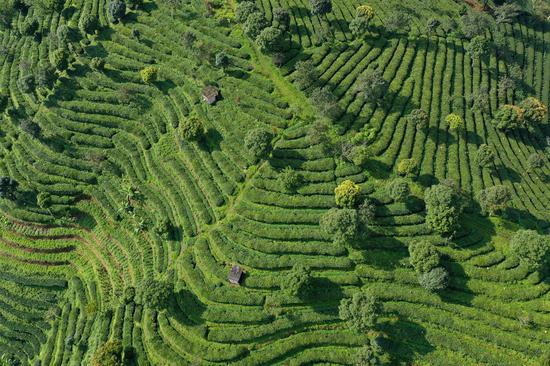


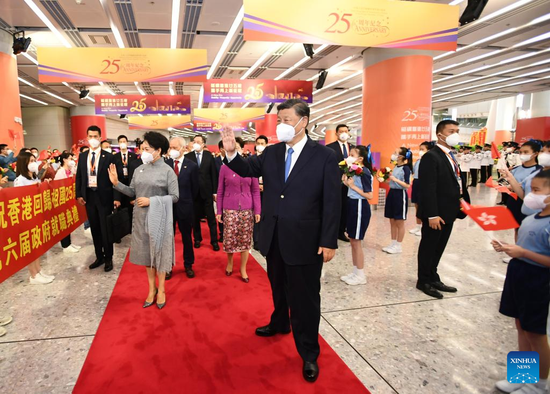



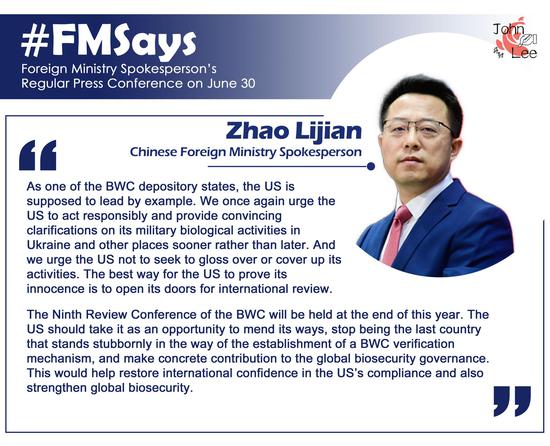
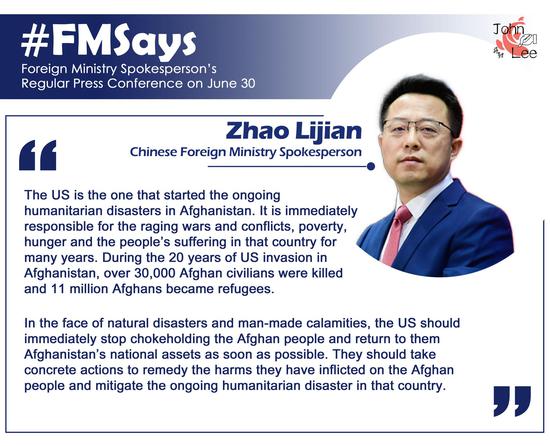


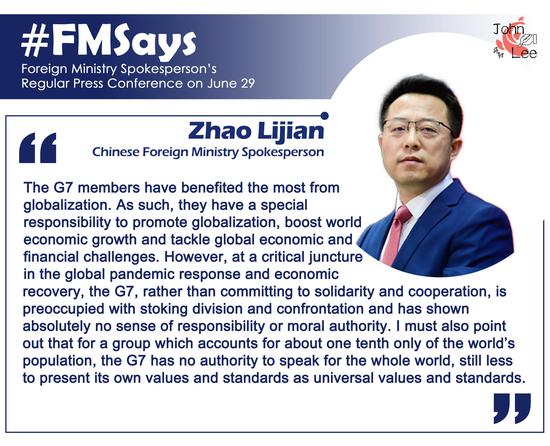
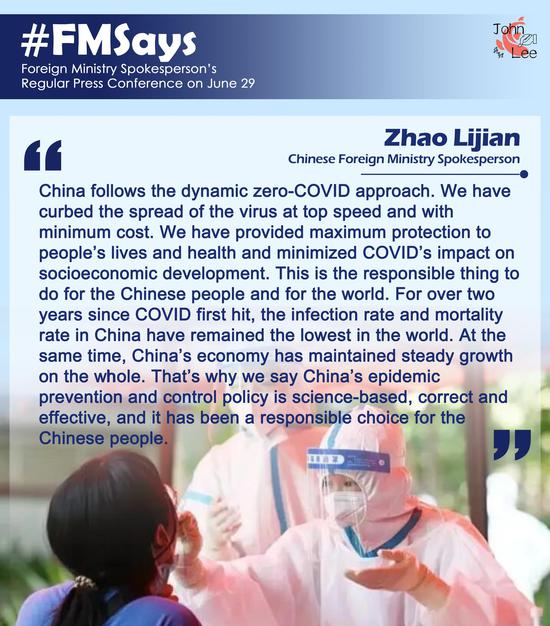

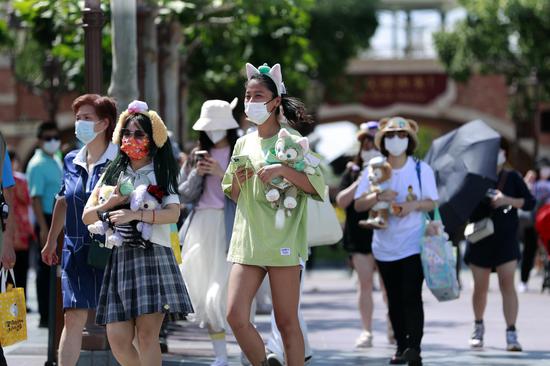






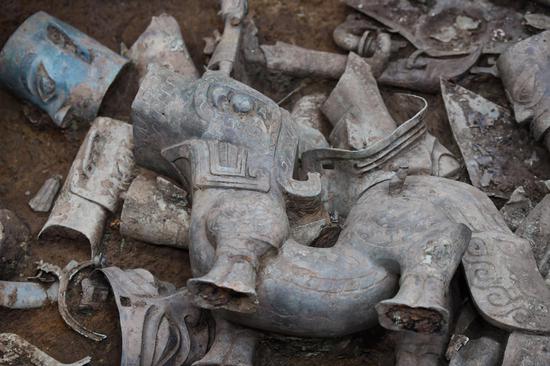

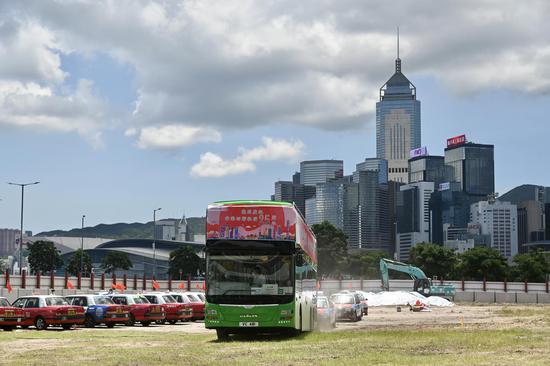



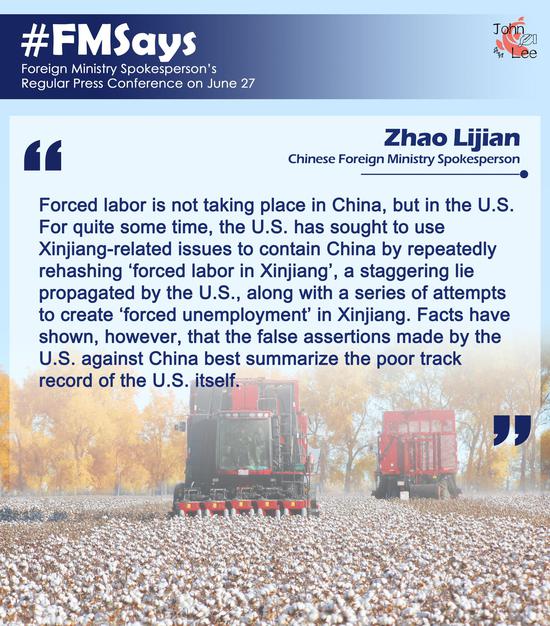
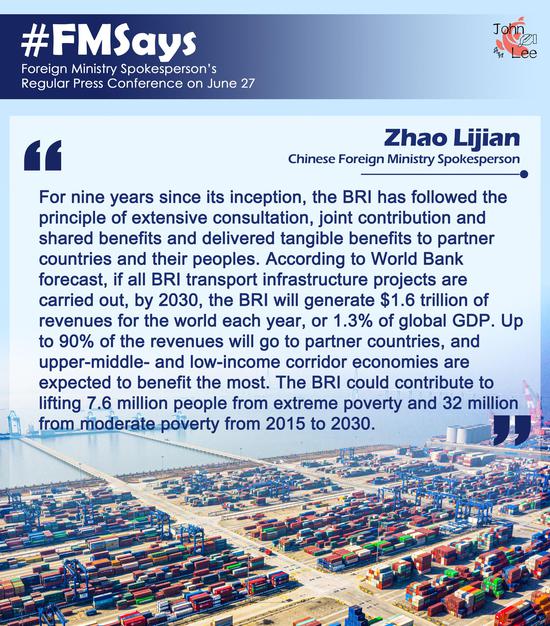











 京公网安备 11010202009201号
京公网安备 11010202009201号